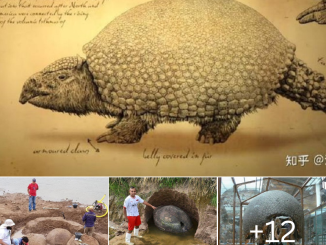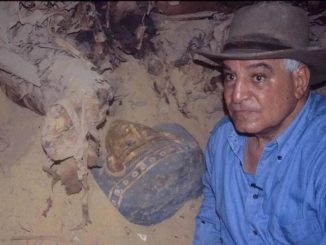The oldest known tombs previously unearthed in the Middle East and Africa contained the remains of Homo sapiens and dated to around 100,000 BC.
Illustration photo (Source: AFP)
Paleontologists in South Africa have just announced that they have discovered the world’s oldest cemetery, which contains the remains of Homo naledi – a distant relative of humans in the Stone Age. very small brain, adept at climbing trees, and thought to be incapable of complex behaviors.
The research team – led by renowned paleontologist Lee Berger – discovered several specimens of Homo naledi about 30 meters underground in a cave system in the Cradle of Humankind. of humanity) – a site recognized by the United Nations Educational, Scientific and Cultural Organization (UNESCO) as a World Heritage Site near the city of Johannesburg, South Africa.
The team of scientists stated: “This is the oldest mark of burial activity ever recorded in hominin data, at least 100,000 years earlier than when evidence of such activity was found.” Burial of Homo sapiens. These new findings challenge what science knows about human evolution, as we often assume that a large enough brain can allow humans to perform complex and meaningful activities. profound, such as burying the dead.”
The oldest known tombs previously unearthed in the Middle East and Africa contained the remains of Homo sapiens and dated to around 100,000 BC.
Meanwhile, the tombs recently discovered by Mr. Berger’s research team in South Africa date back to at least 200,000 BC.
More importantly, these graves belong to Homo naledi – a primitive human race with a very small brain, only about 1.5 meters tall when standing upright, with curved fingers and toes, and normal hands and feet. used for movement.
Homo naledi bone fossils were first discovered in 2013 in a cave system called Rising Star. The oval-shaped graves of the above cemetery were also found for the first time during excavations at this location in 2018.
According to scientists, the deep holes were intentionally dug up by Homo naledi and then covered up to cover the bodies resting inside. These holes contained at least 5 bodies.



